While the Royal Docks certainly faces its share of challenges (as outlined in my earlier blog post, ‘Part 1: Can the Royal Docks Regeneration Area Ever Recover From Its Bleak Past?’), there are many promising signs to indicate that this part of South East London is well on its way to becoming one of London’s must-visit places, and could even become the top choice for many Londoners as a place to live. In this post, I outline the transformation of the area, which has attracted strong investment interest into what could well become London’s most sought-after address.
ExCeL Exhibition Center
One of the biggest commercial success of the Royal Docks is the ExCeL Exhibition Center, recently completed in 2010 and owned by the Abu Dhabi National Exhibition Company. Major events are hosted here throughout the year, including the two which I had the chance to attend last year, the Property Investor Show and the London Boat Show. For the Boat Show, visiting yachts have the advantage of being able to dock right beside the center on the waterfront. ExCeL was also used during the 2012 Olympics for sports events including table tennis and weightlifting.
However, although ExCeL attracts visitors in the millions each year, these visitors often come only for the trade shows and conferences, and do not stay around long in the area after that. The waterfront surrounding ExCeL still has a lack of the F&B and retail outlets that attract visitor footfall, but hopefully this will change in the future as regeneration plans continue to develop.
Emirates AirLines Cable Car & the London City Airport
The Emirates AirLines, London first cable car, takes visitors from Greenwich Peninsula to the Royal Docks in a trip taking only 10 minutes across a distance of 1,150 meters. In return for being featured on London’s ubiquitous Tube map, Emirates Airline made a £36m sponsorship towards the building costs. Although critics have pointed at the low ridership numbers and claim the cable cars are currently operating at a loss, ExCel and the O2, Europe’s largest entertainment venue, on the Greenwich side, are strong attractions and serve those who visit both venues well.
The London City Airport is the fifth busiest in London in terms of passenger volume, despite only having a single 1,500 metres long runway. Although it is mainly used by private planes for business purposes, leisure passengers with the commercial airlines including Air France, British Airways and Lufthansa have been on the increase.
University of East London
The University of East London’s new campus near Gallions Reach DLR opened in 2000, and is attended by more than 5,000 students who enroll in design, technology, engineering, arts, humanities and social sciences degree programs. One of the highlights of UEL is the Thames Gateway Technology Centre, which provides training facilities for businesses in East London. In addition, the Center also caters to start-up businesses by providing office space and a technology resource center.
The Thames Barrier Park
Opened in 2000, the Thames Barrier Park, London’s first major riverside park, is one of the key recreational highlights of the Royal Docks area.
The Green Dock, a sunken landscaped garden, a riverside promenade and a children’s play area make the Park a popular weekend picnic spot for families in the spring and summer.
The latest Barratt Home development, Waterside Park, which was heavily marketed in Singapore in 2012, is located within walking distance from the Thames Barrier Park. However, as is often the case in the Royal Docks, amenities in the form of restaurants or cafes are few and far between, and the only F&B outlet I saw in the area was the lone small coffee shop within the Park itself. Accessibility to the city of London for those living around the Park can also be challenging, as the closest DLR station is Pontoon Dock, which is a good 4 stops away from Canary Wharf (including one transfer at Canning Town).
Exciting Plans for the Future – The Floating Village
While still very much at planning stage at this point, the Floating Village by the Royal Victoria DLR station, also accessible via the Emirates Airline and to be connected via the upcoming Crossrail, have early-stage investors very excited about the potential capital appreciation the transformation of East London’s waterways could bring to property in the area.
The plan will transform the Royal Docks, bringing new life in the form of new jobs, hotels, F&B and floating homes to 15 acres of water. The Mayor of London, Boris Johnson, having started with the opening of the Emirates Airline in 2012, is heavily committed to the redevelopment of the entire Royal Docks area, and is focused on increasing the number of homes built in what he has billed as the “Venice of London” . Just recently in May 2013, Johnson was at the MIPIM Conference in Cannes, the world’s premier property conference, to launch a world-wide competition to attract developers and partners to deliver the Floating Village project, where it is hoped that work will begin before the end of May 2014. Critics to the plan have pointed out the proximity of the Floating Village site to London City Airport, citing that the site is dangerously close to the ‘crash zone’. However, it is more likely that it is the noise from planes flying above that would cause a nuisance to residents in the area, rather than potential aircraft crashes, as statistically they have been few and far within. In any case, living near the airport does bring benefits such as the significantly reduced travel time to catch a flight!

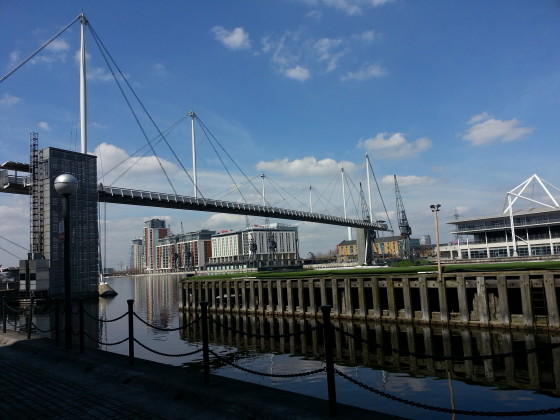

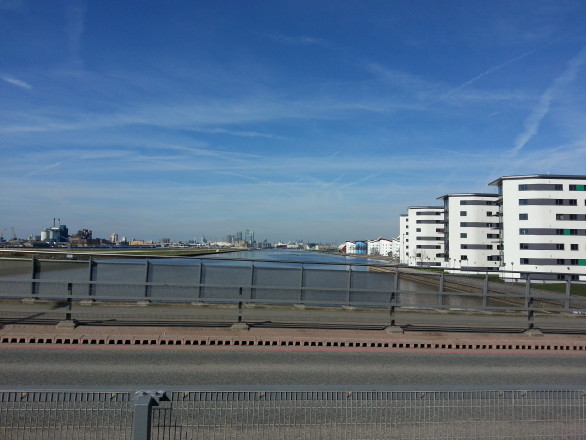
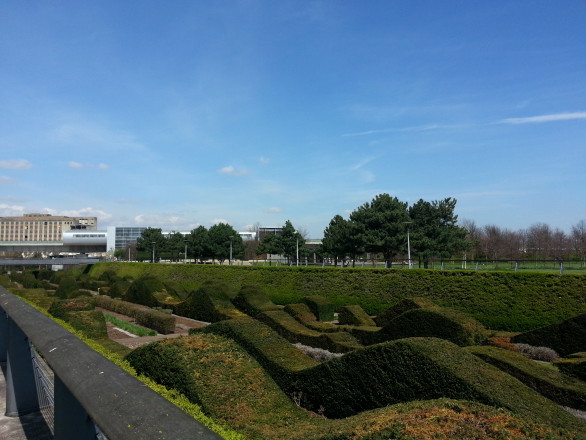
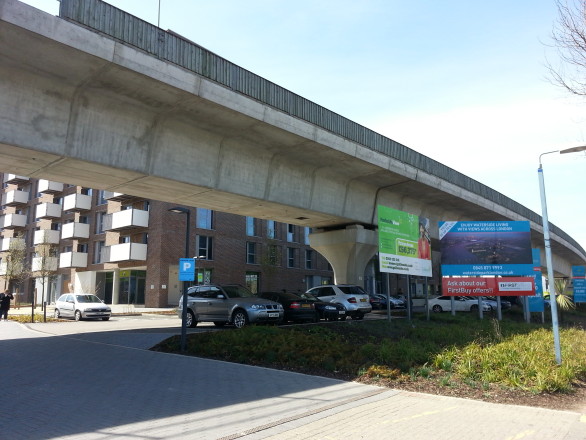
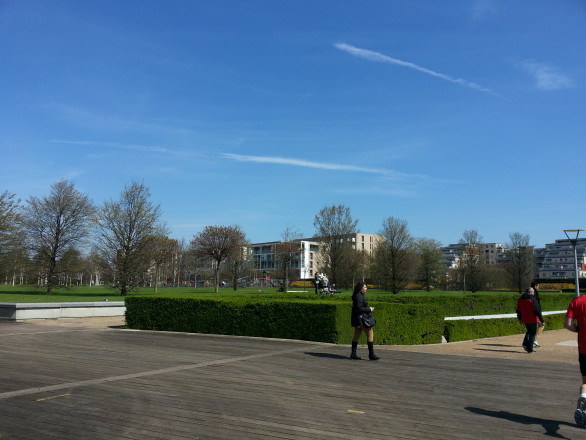
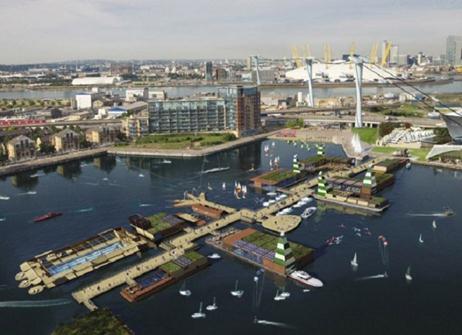

[…] have made doubled or tripled their fortunes by the early 2000s as the property market rebounded. In Part 2: The Long-Term Potential of Royal Docks, I take a closer look at the potential upside, and why investors from around the world are pouring […]
[…] budget of £250,000 and up may choose properties in regeneration areas such as Stratford or the Royal Docks for the higher rental yield. For the investor looking for a good mix of both, here are my top […]